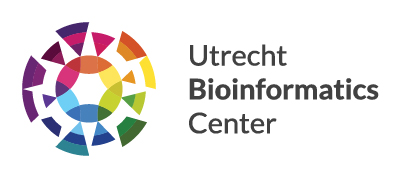Fungi are among the most diverse groups of organisms, with an estimated 2–6 million species, but less than 5% of them have been formally described. Duong Vu uses bioinformatics to address this challenge. By developing computational tools and collaborating across disciplines, she is advancing the study of fungal diversity and its role in the environment.
Why do we need computational techniques for fungal research?
Fungal research today is inseparable from computational techniques. These methods enable the identification of fungi from environmental samples using DNA barcoding, the construction of evolutionary relationships among species, and insights into biodiversity and ecosystem roles.
Computational techniques also allow for the assembly of fungal genomes, gene identification, and the study of key traits like metabolism, pathogenicity, and interactions with hosts or symbionts. By employing computational techniques, fungal research becomes more efficient, scalable, and capable of uncovering new insights. These insights can have a great impact across fields like medicine, agriculture, and industry.
How do you incorporate bioinformatics in your research?
My main research focuses on fungal identification from environmental and clinical samples. Identifying fungi presents several challenges: limited reference data, imbalances in fungal taxonomy, and the sheer volume of environmental samples generated by modern sequencing technologies. To tackle these issues, we have developed computational tools that identify fungi with varying levels of speed and accuracy.
Two examples of our fungal identification tools are DNABarcoder and MycoAI. DNABarcoder was developed based on traditional methods like BLAST, allowing users to compute and use similarity cut-offs for different fungal clades, thus improving accuracy in fungal identification. With MycoAI, we employed various AI architectures, including CNN and BERT, to accelerate and scale up species identification from environmental DNA samples.
Collaboration opportunities: input and offerings
We collaborate with computer scientists to develop computational methods in fungal research. Additionally, we work closely with taxonomists, biologists, epidemiologists, ecologists and data curators to gather input and validate the predictions of our methods, thereby improving their accuracy and precision.
In return, our team offers researchers in taxonomy, mycology, epidemiology, ecology, and conservation a suite of open-source tools. These tools enable rapid and reliable identification of fungi from environmental and clinical samples, supporting further studies in these fields.
What excites you most about being a PI at UBC?
The diversity of research and expertise at UBC is truly impressive. I am eager to collaborate and share research experiences with fellow researchers who share similar interests. I also look forward to expanding my knowledge and research by learning new techniques from various experts. This will enable me to manage the large volume of diverse omics data and images being generated at our institute and gain deep insights into biological processes. Additionally, I hope we can attract more students with computational skills to help solve the various big data challenges in fungal research.

